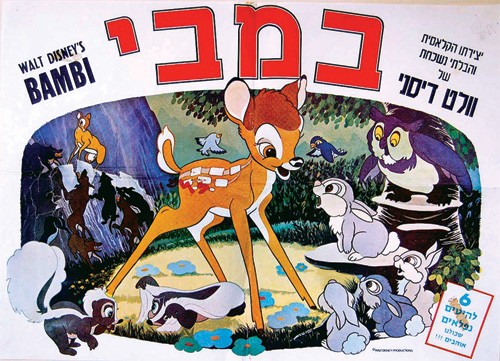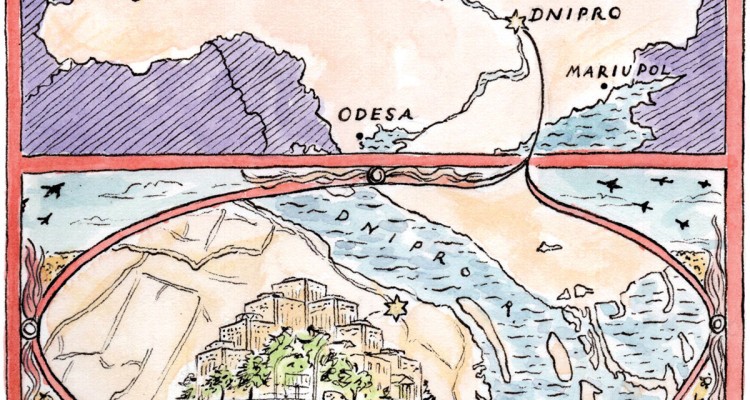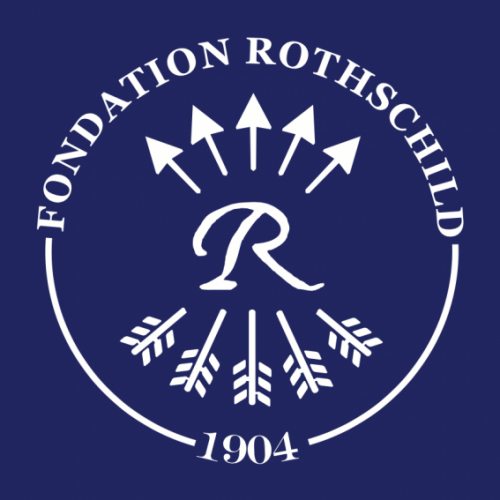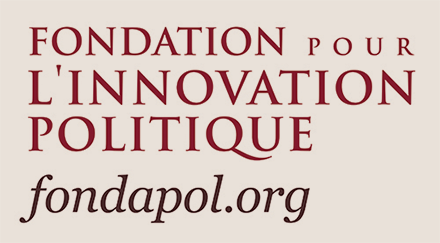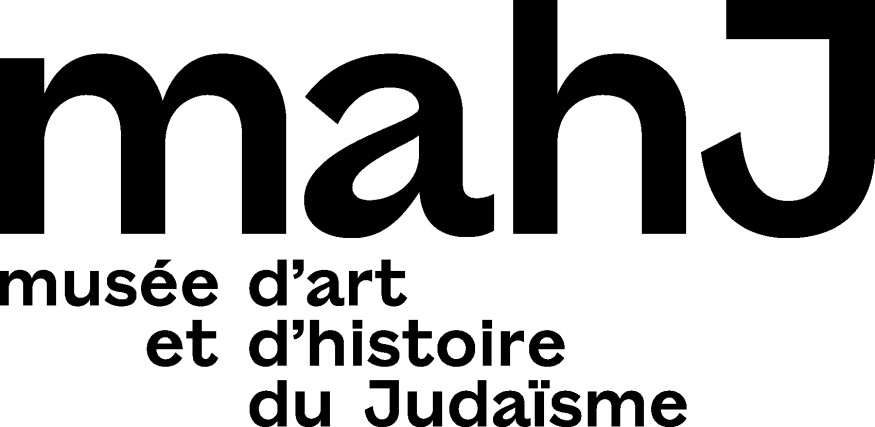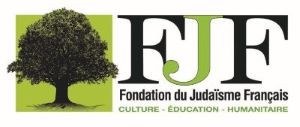Bambi is not only the name of the famous animated film made by Walt Disney in 1942. It is first and foremost a book – Bambi, the story of a life in the woods (1923) – which, at the time of its adaptation, was banned by the Nazis, like all the work of its author Felix Salten (whose real name was Siegmund Salzmann). Far from Disney’s sweetened version, the original Bambi is not a simple bucolic tale for children. It is a layered allegory of the Jewish condition in Europe at the turn of the century: a tale of the tragic history of persecution and seclusion of a minority group. It is also a political story, since it can also be read as an anti-assimilationist pamphlet. This is, certainly, the reading that the American historian and journalist Mitchell Abidor proposes, on the occasion of the publication of a new English translation of the book. By rereading Bambi from the perspective of its author’s life, and in particular of his Zionist commitment ( he notably wrote in Theodor Herzl’s newspaper Die Welt), Abidor is offering K. a clearer picture of this familiar tale for children around the world.
In Dnipro, the Menorah Center, a 22-story building, is the largest Jewish community center in Europe. Israeli journalist Anshel Pfeffer discovered it with much surprise during a first report in Ukraine in 2014, two years after its construction. To him, the Menorah Center symbolized a Jewish renaissance in Ukraine, marveling “that a large number of Jews remain in a countrywhere, in living memory, their parents and grandparents suffered so much, under all political regimes – Czarist, Bolshevik, Nazi, and Ukrainian nationalist.” Pfeffer recently returned to Dnipro, in the heart of war-torn Ukraine, with one question in mind: do the Jews, a new generation of whom have grown up and prospered in an independent and democratic country, still have a future there?
Up above Ukraine we find Belarus. Maya Katznelson was born there in 1988. At the time of the great Jewish migration of the 1990s (according to official censuses, the country’s Jewish population dropped from 111,977 in 1989 to 27,810 in 1999), her father decided to stay. A few decades later, she became an exhibition curator and founded the “Center for Belarusian-Jewish Cultural Heritage” (BJCH center), where various exhibitions have already been held to document the history and culture of Belarusian Jewry. Maya Katznelson had to leave her country because of the current dramatic events shaking the whole region, but she continues to foster and work on her big project for the future: the creation of a Belarusian Jewish Museum. K. met her during her residency in Paris at the Museum of Jewish Art and History (mahJ).
